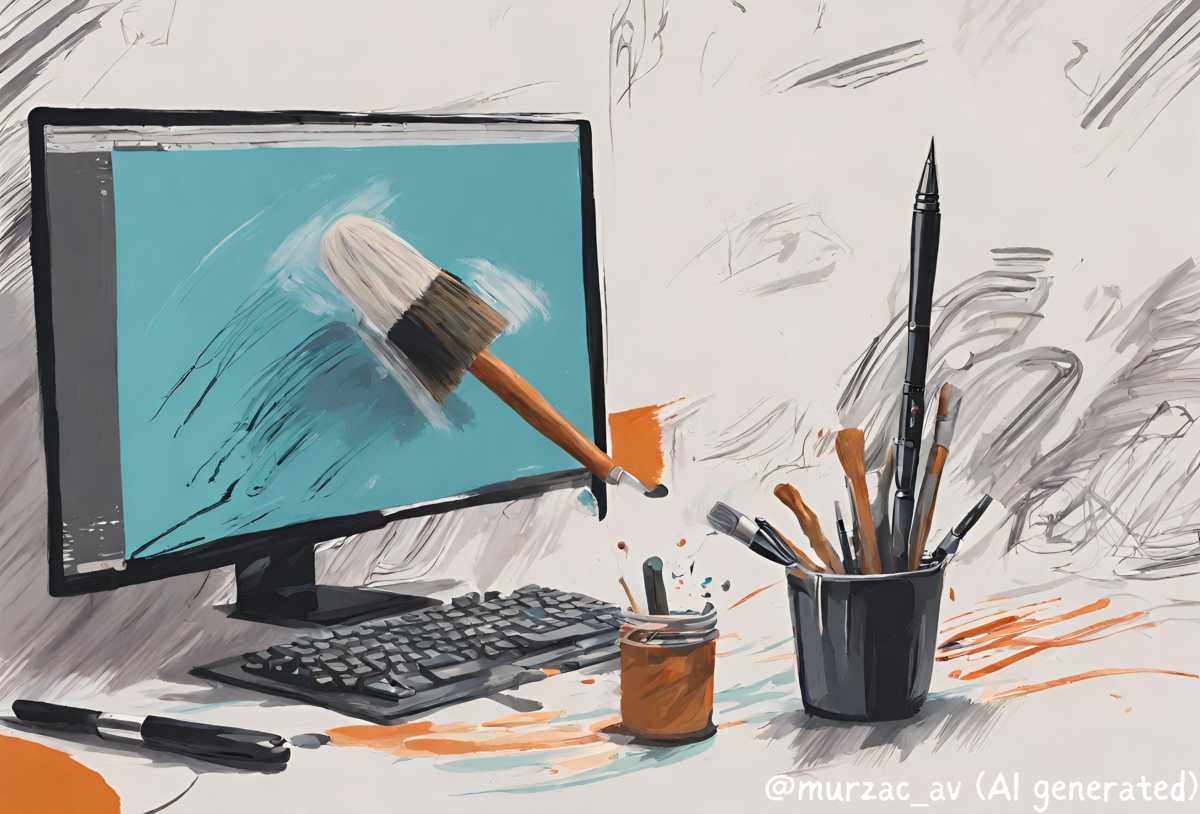For centuries, authors have crafted intricate worlds through their written words, captivating readers with their imaginative storytelling. Illustrators have also played a crucial role in bringing these tales to life by creating vivid visual representations. The partnership between an author and an illustrator is a harmonious collaboration that strives to balance the written word and visual art. However, with the recent emergence of text-to-image AI, this dynamic may potentially alter (Davenport & Mittal, 2022).
Text-to-Image Conversion: Painting with Words
To fully capture the impact of AI-generated image designs, it is noteworthy to understand the process of converting text into visuals. These AI systems use descriptive text to produce images that match the written description (McKinsey & Company, 2023). For instance, if you type “A horse flying over a sea lit by the moon,” the AI will generate an image that closely resembles your imagination. It’s almost like magic, isn’t it?
Recently, I investigated the image generation capabilities of Canva’s AI. The precision with which it translated my textual inputs into visuals surprised me.

Image 1: An old couple enjoying a sunset picnic.

Image 2: A black-and-white interpretation of old Amsterdam.

Image 3: A cartoon of a lion in a barbershop.
The New Dawn: Rethinking the Author-Illustrator Dynamic
Using AI tools has significant implications for authors (Gregory, 2023). They can now generate images directly from their imaginations instead of relying on illustrators to interpret and represent their visions. While authors have more control over the visual representation of their narratives, it also raises concerns about the declining role of illustrators.
After considering my own experiences, AI-generated image creators such as Canva’s are undoubtedly influential, but they cannot replicate the unique creativity of human beings. Rather than seeing these tools as a threat, we should consider them as a means to improve the collaborative process between authors and illustrators. In a perfect world, AI would not diminish from the importance of the illustrator’s role but instead would help connect the written word to its visual counterpart.
Bibliography:
Davenport, T. H., & Mittal, N. (2022, November 14). How generative AI is changing creative work. Harvard Business Review. https://hbr.org/2022/11/how-generative-ai-is-changing-creative-work
Gregory, P. (2023, July 6). Seven Ways AI Will Impact Authors And The Publishing Industry. Forbes. https://www.forbes.com/sites/forbestechcouncil/2023/07/06/seven-ways-ai-will-impact-authors-and-the-publishing-industry
McKinsey & Company. (2023, January 19). What is Generative Ai?. https://www.mckinsey.com/featured-insights/mckinsey-explainers/what-is-generative-ai


Hey Alex, was a pleasure to read through your blog post! Totally relate to your excitement towards AI image generation. Have personally used Canva’s AI capabilities to generate an icon for the application, and it worked wonders! However, indeed it does lack the creativity that a human being brings. I think such generative platforms are great at visualising a predetermined clear vision and are incapable to fully complete the work of a human being but rather make a great collaborative companion as you have correctly mentioned! Also, in my own experience, its takes quite a while of tailoring the text to get to the image you have had in mind. And one of the gaps I have identified is that image generative AI tools (not only Canva) struggle with adding specific flags, company logos, text strings on the image!
Enjoyed reading! Thanks!